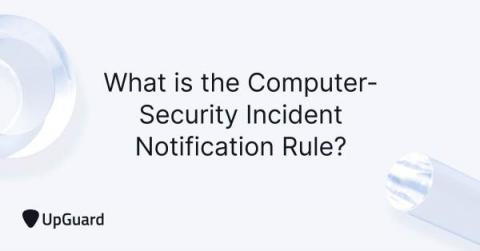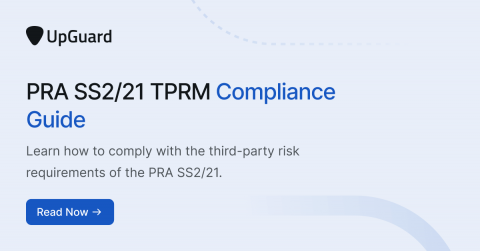Security | Threat Detection | Cyberattacks | DevSecOps | Compliance
Latest Posts
What is NIST 800-161? Guide & Compliance Tips
Top 10 UpGuard Alternatives: Which Solution Works Best for You?
Top Cybersecurity Threats for Executives in 2023
According to IBM’s “Securing the C-suite” report, most C-suite executives are confident in their cybersecurity plans. However, the truth is that only 17% exhibit the highest level of security. 60% of CFOs, CHROs, and CMOs feel the least engaged regarding cybersecurity threat management, despite often handling the most critical data of their respective companies.
Biggest Data Breaches in Europe (Updated 2023)
The cyber threat landscape in Europe continues to evolve, with cyber attacks targeting multiple institutions across the EU. The worrying aspect is that many breaches also go unreported, as European businesses often do not report an incident for fear of their reputation being tarnished and instead opt to manage the fallout internally.
What is a Disaster Recovery Plan? + Complete Checklist
A disaster recovery plan (DRP) is a set of detailed, documented guidelines that outline a business’ critical assets and explain how the organization will respond to unplanned incidents. Unplanned incidents or disasters typically include cyber attacks, system failures, power outages, natural disasters, equipment failures, or infrastructure disasters.
PRA SS2/21: A Third-Party RIsk Management Compliance Guide
In recognizing the growing impact of third-party risks on operational resilience, the Prudential Regulation Authority (PRA) has established new regulatory requirements in the areas of third-party risk management and outsourcing. The details were published in a Supervisory Statement that has been put into effect since March 2022.
How to Comply with Australia's CIRMP Rules
The Australian Cyber and Infrastructure Security Centre (CISC) recently announced that the Critical Infrastructure Risk Management Program (CIRMP) obligation had entered into effect. The Minister for Home Affairs, the Hon Clare O’Neil, signed the CIRMP Rules as the final part (Section 61) of the Security of Critical Infrastructure Act 2018 (SOCI Act) on 17 February 2023, effective immediately.
The Ultimate Cybersecurity Guide for Healthcare in 2023
Nearly 93% of healthcare organizations experienced a data breach in the last three years, and most of these events could have been avoided with basic cybersecurity practices. To help healthcare entities mitigate cybersecurity risks and increase their data breach resilience, we’ve created a comprehensive healthcare cybersecurity guide optimized for the biggest security threats in the industry.
Using ChatGPT to Improve Your Cybersecurity Posture
On November 30, 2022, ChatGPT quaked the digital world, sending a tremor that even rattled the cybersecurity industry. Instead of responding in panic, a more sensible approach is to begin learning how to leverage the technology to streamline your workflow and optimize your skills. In this post, we explain how ChatGPT can be used to improve your cybersecurity posture and data breach resilience.











